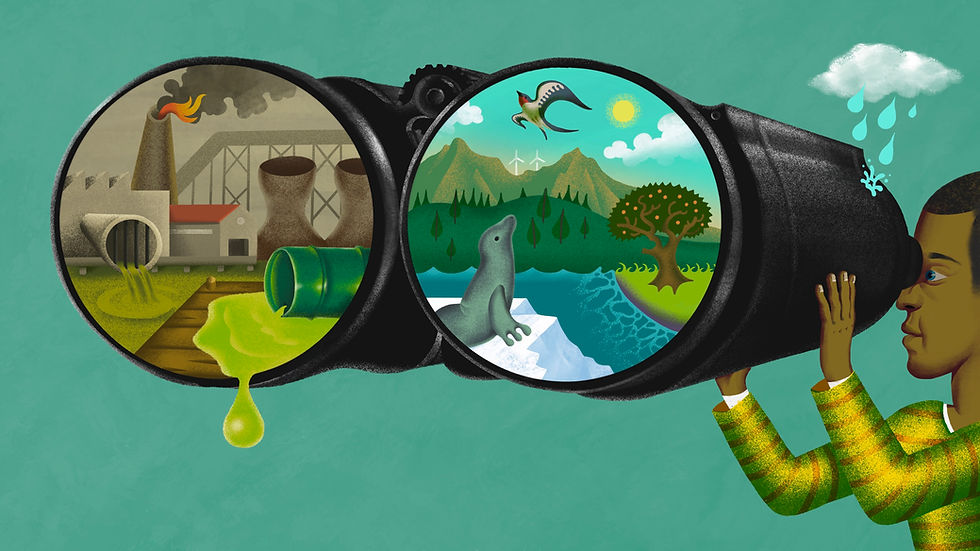carbon nation
- Mark Strong

- Sep 4, 2022
- 3 min read

You might be faced with the same existential panic about climate change that I am, indifferent to the whole 'Planet Earth putting on a clinic in California, Southern US and Europe' scenario, or feeling somewhere in between. You readers and South King Tool Library members probably have a good idea of your own carbon footprint, but a term I've only heard in the last few years is embodied carbon. The difference between carbon footprint and embodied carbon is that the first term is more about daily or operating use, while the second term encapsulates the supply chain of a good or service, accounting for mining materials, transportation costs and energy use in manufacturing things. The goal is to avoid or mitigate embodied carbon.

So, unless you walk to the SKTL to borrow your tools, you're not doing much reducing your carbon footprint. BUT DON'T DESPAIR! Borrowing over buying decreases a tool's embodied carbon each use. Instead of buying 5 drills, 5 people use the same drill that went through its manufacturing and transportation process once. Cool? Cooool. This concept how we at SKTL arrived at the figure for the Sustainable Clothing Swap event earlier this summer that almost 8,000 lbs / 4 tons of carbon was avoided. We did that with a brilliant calculation tool you can play around with here. The primary way we deal with globally reducing embodied carbon is to reuse so that fewer things need to be manufactured and transported to our homes.
Going back to carbon footprints, you readers already know ways to reduce yours, such as carpooling or using public transportation, reusing plastic bags and a whole lot of other things. However, there are the skeptics and bitter folks like me who think large businesses need to shoulder much more of this burden on the planet. Luckily, the Biden Administration recently passed the Inflation Reduction Act which includes loads of incentives for homes and businesses to reduce their carbon footprints. For example, there is $40B set aside for Americans to replace their gas-burning appliances with electric ones, which of course will be hooked up to green power grids (there's money for that too!). Smart Guy Hank Green hits us with like 30 of the more exciting parts of the IRA in the 30-minute video below. Considering the IRA is shaping climate policy for the next 3 decades, your time investment is low, here.
The IRA is different because our past environmental regulation involved trying to penalize polluters, and one of the things that emerged were carbon offsets. Carbon offsets are where a company like Disney can fly all their high-powered execs on personal planes and claim they're net zero because they paid a landowner to keep some trees alive. I'm sure this idea works legit somewhere in Naiveville, USA, which is the same place where Trickle Down Theory works and all people are treated equally. In the rest of the world, though...

One example problem with carbon offsets is that one of those landowners was a natural preserve, meaning it wasn't going to be cut down in the first place. Pollution goes up while there's no actual counterbalance. If you haven't seen it, John Oliver talks about carbon offsets way better than I can here. If you're unfamiliar Last Week Tonight with John Oliver, it's like 60 Minutes with R-rated language.
That's gonna wrap it up for September 2022 for me. I hope you thought about your relationship with carbon and maybe Hank Green taught you something about the Inflation Reduction Act!



